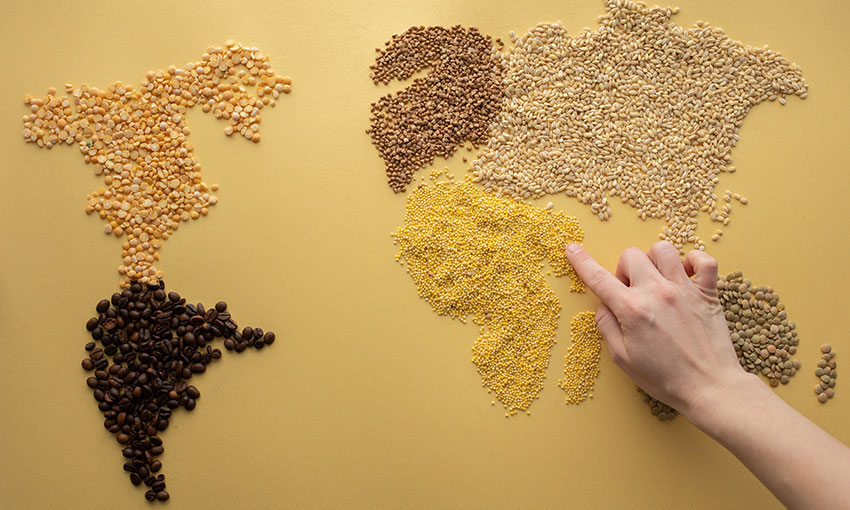ON 29 December last year, India extended its zero-tariff on lentils through 31 March 2024, a move unrelated to the just-implemented Australia-India Economic Cooperation and Trade Agreement.
According to the Australian Trade and Investment Commission, this rate applies to all countries except the US – India will apply a 22% tariff on lentils from there.
Austrade said in a statement the objective of the extension is to contain the retail price of lentils in India by reducing the cost of imports.
“Exporters are encouraged to track the availability and retail prices of split pigeon peas (toor dal). Lentils can be used as a substitute when toor dal prices are too high,” Austrade said
“Exporters should monitor Indian lentil plantings from October onwards. This applies in particular to plantings in Madhya Pradesh and Uttar Pradesh. Plantings will provide an indication of the likely volume of domestic production in early 2023.”
According to Austrade, India is one of the world’s largest consumers and importers of lentils and the Indian government adjusts lentil tariffs depending on the availability of lentils that are grown domestically.
“Tariff rates have a substantial impact on the amount of lentils imported by India. For example, Australian lentil exports to India fell dramatically following the introduction of a 30% tariff on lentils in December 2017,” Austrade said.
“The impact of the tariff change was exacerbated by dry conditions in Australia, which reduced the volume of Australian lentils available for export.”
And then in 2021-22, the return of good seasonal conditions in Australia and reduced Indian tariffs led to a resurgence in trade. Australian exports of lentils to India increased by 253% compared to the average for the previous 3 years.
“Australian pulse production is expected to be strong in 2022–23. This will likely lead to more opportunities for exports to India,” Austrade said.
The outlook for Indian lentil prices will largely depend on lentil production in Canada and India.
“Canada is India’s main source of lentil imports. In 2021-22, drought caused Canadian lentil production to fall by 44%.” Austrade said.
“Despite dry conditions in the key lentil production region of Saskatchewan, the Canadian Government expects lentil production and exports to recover in 2022–23. The Indian government is expecting an average lentil crop of 28 million tonnes in 2021–22.
“The outlook for the Indian lentil crop will become clearer once planting begins from October onwards.”

